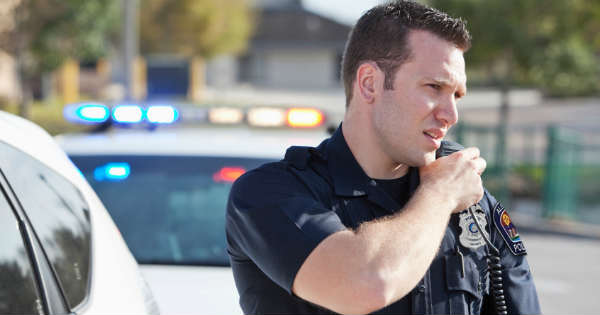For those not working for law enforcement, a conversation among police officers might sound like a completely different language. Law enforcement makes use of their own police scanner codes, jargon and lingo. However, this is the most effective way of communicating and usually offer a sense of togetherness among its users.

The Purpose
Initially, it might seem impossible to decipher, maybe even pointless; however, the use of police codes and jargon serves a specific purpose. Civilians might presume that the reason behind talking in code is for the public not to be able to figure out what the cops are saying.
However, when you research the internet, you’ll notice that most agencies are making their codes public. The main aim of police codes and jargon is to keep communications as quick and concise as possible. Federal Communications Commission directives necessitate transmissions to be kept short to save bandwidth and to ensure the airwaves are open for use.
More importantly, codes for police scanners users also serve as a safety function. Whether they are deployed to a domestic violence case, on a traffic stop or driving their patrol vehicle, emergency mode, or otherwise, a police officer’s main focus must be on the subjects they are dealing with and the task at hand.
Officers must keep interactions with dispatchers as brief as they can to focus on the incident, they are busy with.
Common Police Jargon And Codes
There is not a universal standard for jargon or codes among departments; however, some are more common than others. Law enforcement typically uses 10-codes and signal codes. The variance between the two is that signal code refers to the type of call, whereas 10-codes refer to the status of the officer on call.
Regular 10-Codes Are:
- 10-8: The unit or officer is on duty and available for codes. The officer will check on the radio or instruct that they’re ready for another call by “taking at 10-8”. Offers may also use this code to describe a suspect who has fled, saying that the suspect got 10-8.
- 10-20: This denotes the location of the officer on call. Some departments necessitate their officers to offer 10-20 as soon as they initiate radio communications. Call for service will always include a 10-20 so that the officer knows where he must go.
- 10-4: This relates to “affirmative.” It can either be used for replying yes to a question or say that everything is in order.
- 10-13: This denotes the status of the circumstances. A dispatcher may as the officer for a 10-13 to establish if everything is okay or if he needs assistance. 10-13 can also refer to crowd issues, weather conditions, or the status of a suspect or victim.
Regular Signal Codes Are:
- Signal 4 – Automobile crash
- Signal 13 – A suspicious individual
- Signal 0 – Armed person or a weapon involved
Signal 10 – Stolen vehicle
Learning The Police Codes
The best way to learn police codes is to visualize the codes and jargon as a different language, just like learning a new language. Instead of just looking at the list of codes, listen to other people using them so that you can get a feel for them and the distinction of how these codes are used.




